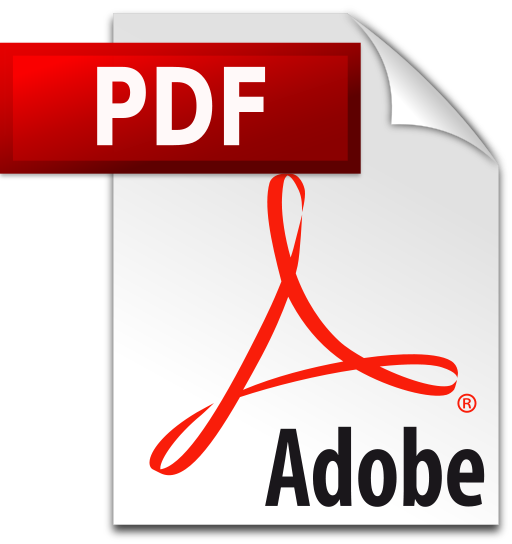NFACC Information Update October 2019
UPDATE ON CODES OF PRACTICE UNDER REVISION/DEVELOPMENT
Farmed Finfish Code
The Code Development Committee met in early September to review the following four draft chapters of the farmed finfish Code of Practice: pre-transportation (e.g. assessing fitness for transport), feeding management (e.g. quality of feeds, feeding methods), health (e.g. health plans, skin and gill health), and husbandry (e.g. handling, grading). Draft research report sections from the Scientific Committee on lighting and feed withdrawal were also presented.
The committee also had a general discussion about the great diversity in the farmed fish sector and the importance of ensuring this Code is workable for all farms – small and large.
A full summary of this meeting is available here.
Transportation Code
Progress on the Livestock and Poultry Transportation Code of Practice continues at a steady pace. The eighth and final species-specific Working Group (WG) was finalized in September and turned over to Code Manager, Jeffrey Spooner, who has commenced with the early steps of organizing the Equine WG for its first call.
A series of four WG Participant Orientation webinars were conducted in September for new WG participants and those who were unable to attend any of the previous webinars. To date, 11 webinars have been held for more than 90 stakeholder participants to help familiarize them with NFACC, the Code project, and the Livestock and Poultry Transportation Code development process.
The first in-person Poultry Catching and Transportation WG meeting was held over two days in early October in Ottawa. The WG fine-tuned key content to its Code section including Understanding Fitness for Transport and interactions between parties involved in production, catching, and transport.
The first in-person meeting of the Mink/Fox/Rabbit WG has now been scheduled for January, 2020 in Toronto. The Editing and Review Committee will meet for the first time in Ottawa in November just prior to the first in-person meeting of the Pig WG. In addition, the first conference calls of the Hatchery and Bison/Cervid WGs were held in September October respectively, and efforts are underway to schedule the first call of the Sheep/Goats WG.
Goat Code
The Goat Code Development Committee held their second meeting on October 2nd and 3rd in Ottawa. A summary of that meeting is available here.
Prior to the meeting – and since – Goat Code Development sub-committees had, and will continue to prepare, prospective Code content for review and consideration by the entire Code committee. At the same time, the Goat Code Scientific Committee have been diligently gathering and reviewing preliminary scientific content toward the preparation of a draft, synthesized summary that will be peer reviewed and returned to the Code development committee as the Scientific Committee Report (June, 2020). The next meeting of the goat Code committee will occur in late January in Toronto.
Dairy Cattle Code
The Code Development Committee met in late September to discuss draft updates to the health, feed and water, and euthanasia chapters. The analysis from the survey asking for top-of mind thoughts on dairy cattle welfare is now available here. The committee reviewed this input again as each chapter was considered. Beyond specific updates to the Code, all sections are being looked at with an eye to adding supporting context for requirements and recommended practices and highlighting research results, particularly studies published since the release of the 2009 Code of Practice.
As part of a preliminary discussion on pre-transport considerations, the committee heard an overview of the new transportation regulations and considered key themes/recommendations in reports on cull cow management and male dairy calf marketing, recently published by the National Farmed Animal Health and Welfare Council.
A full summary of this meeting is available here.
For information on the steps of the Code development process and progress of the Codes being updated follow this link.
Funding for this project has been provided through the AgriAssurance Program under the Canadian Agricultural Partnership, a federal–provincial–territorial initiative.

